The above photo looked like me just before we were to board a yacht in San Cristobal, Ecuador and begin a 7-day cruise of the Galapagos Islands where there would be – gasp! – no WiFi or cell service.
Before I arrived in Ecuador, I called my cell phone company to sign up for an international data plan. I knew I would have WiFi at my hotel in Guayaquil and Quito — the respective bookends of the trip — but I “needed” to have service for the rest of my time in the country, the majority of which would be spent island hopping around the Pacific Ocean just south of the Equator, about 900 miles off the coast of Ecuador.
The customer service agent advised me not to sign up for a plan. “There’s nothing out there,” she said. “It’s literally like going back in time looking at the infrastructure on this end.”
“Looking at what infrastructure?” I asked. She tried to explain the way cell phone technology and signals worked and lost me somewhere between “not” and “available.” She told me that signing up for a plan would be futile.
Not available?! What did that mean? I was able to get WiFi in the middle of the Serengeti of all places. In a tent! There must be something I could do, some way I’d be able to stay connected. After three different customer service agents gave me the same “not available” speech, I still signed up for a plan. I unlocked an old iPhone so that I could get an Ecuadorian SIM card upon arrival. Lanee did the same.
They must be wrong, I thought. I’ll find a way. I’m always connected.
Entering the No Wi-Fi Zone
We arrived in San Cristobal, where we’d board the Ecoventura yacht that would be our home for the next week. We had 15 minutes on the dock. The cell phone customer service people were right. We hadn’t even left the largest, most populated island and though the phone showed bars of service, it would not connect. Not even the unlocked phones with Ecuadorian SIM cards were picking up anything. Okay. Understood. We would definitely — definitely — not be connected for the next week. Not available.
But now we were in a panic. The reality was setting in. Neither one of us had set auto-replies on our email. Surely those closest to us knew where we were and would hopefully not worry, but what about everyone else? We had to find a way to at least set that up.. and honestly, we just wanted to post something that told the world – yes, the wooooorld! (our little world at least) – that we were in the Galapagos and would be off the grid for the next week.
Our guide, Ivan Lopez, saw Lanee and me struggling with our phones, clearly in a state of high anxiety. “What can I do to see you girls smile?” he asked.
“Do you have WiFi?” I asked, nervously laughing. Turned out, he did. How, we still don’t understand, but he said, “You can use it here, and once we leave the dock it won’t work anymore.”
We were scrambling. Like addicts who just got a fix, we were wide-eyed and myopically focused on the screens. What it must have looked like to the other passengers — the two of us buried in our phones paying no attention to the turquoise waters, sea lions, exotic birds, and gorgeous landscape surrounding us, thumbs tapping the phone screens like pigeons who’ve just been thrown a bucket of seeds. We had just enough time to log in to our emails and update the auto-reply before we heard Ivan yelling to us from the little Panga boat that would take us to the larger ship.
“It’s time to go to Pahhhrahdize! WiFi time is ooooverrrrr!”
Breathless from the rush of connectivity, we were on our way. Lanee still had Ivan’s phone and we were each able to take and post a quick photo to Instagram.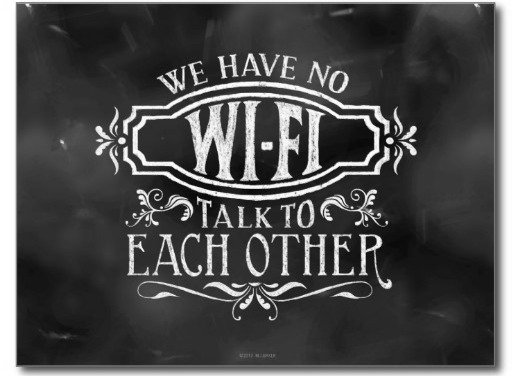
Digital Withdrawal
I have to be completely honest. Being without internet for the first couple of days was really, really difficult. I checked my phone often just to see if maybe, by some stroke of a miracle, there would be service. A couple of times during the week, we’d hear a ping and see that an email came through or a Facebook notification was there, but it wasn’t enough to actually see what it was. It certainly wasn’t enough to load a page, upload a photo, or scroll through any feed. We were off the grid.
Two days in, and more times checking the phone than I care to admit, I was resolved in the fact that instagram and Facebook and twitter and emails would just have to wait. If something was going on in the world, I’d find out about it in a week. If someone needed me, they’d have to find someone else. If there was an emergency of some kind, everyone at home would deal with it. There was nothing I could do from the other side of the Equator anyway.
Instead of the phone being attached to me everywhere I went, from the dining table to the bathroom (sadly, not kidding!), I often left it in my room. I forgot about it. Occasionally I brought it with me to take a photo ON an island. But while enjoying the downtime on the ship, it was nowhere to be found.
What happened as a result was truly magical. We talked. We looked at each other. We gave one another focused time, without distraction, without multitasking, without half listening. It wasn’t important to instagram our meals, nor tell Facebook how our day was because we were just in the moment, living it. We laughed. We looked up. We looked around. We took it all in. And we had conversations with sea lion babies, too.
When I’ve had breaks in the schedule on other trips, that time has been like a drain, most often because it was spent on social media and answering emails that could most certainly wait a day or two or three. The fact that I literally COULD NOT do any of these things was one of the greatest gifts I’ve received in recent history — it allowed me to remember what it felt like to relax. To really, really relax. To breathe. To nap. To just be.
Disclaimer: There were days, however, that it wasn’t EXACTLY a “digital” detox. The below photo is case in point. I had multiple digital devices that I used on the trip — cameras, computer, GoPro — and I did spend some time writing on the computer and uploading photos and videos. So, more specifically and to the point, this was an Internet cleanse.
Keeping the Benefits of a Digital Detox Going
When I got home, I felt changed. There was a lightness about feeling like I could not be reached at any given moment by any given person. There was a calm and peace about not knowing everything that was going on in the news. Ignorance can be bliss. I can’t believe I’m saying that, but not watching or reading news for an entire week was liberating. I slept better, even as the boat rocked and shook us from side to side, back and forth.
The break from connectivity allowed me to reclaim what it meant to live in the moment. It sounds simple, but I challenge you to try it for a day. Just one day. No phone, no internet. We are so quick to just pick it up and google something when we have a question; we’ve forgotten to use our brains and think about something for a second.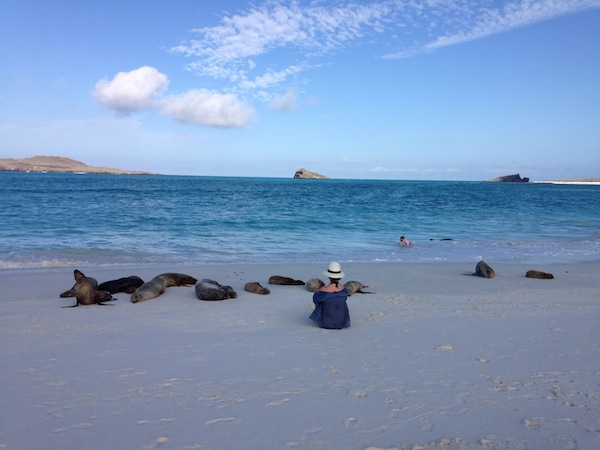
Post trip, I was determined to keep the benefits of the digital detox alive. The first few days, it was easy. After interacting with so many animals and so few humans, I didn’t have any desire to deal with the insanity of Los Angeles and I was a hermit for a couple of days. But eventually I had to get back out… and then I admit some old habits came back. The phone was my sidekick again. However — a few simple changes that I’ve stuck with have made an enormous impact in terms of my peace of mind.
Give these a try and see how you feel…
1. Don’t keep your phone next to your bed. It really doesn’t need to be there. If you use the phone for an alarm like I do, change your charger to another outlet and leave the phone across the room from you. This is for two reasons — one, so you don’t check your emails or social media feeds right before bed (allowing much better sleep!), and two, so you don’t check it first thing in the morning which allows for a much more peaceful wakeup and start to the day. It’s a proven fact. If you’re worried about missing an emergency call in the middle of the night, you can get out of bed to answer it. But hot tip: change your phone settings so only people on your emergency list will wake up your phone.
2. Do something with your hands every day. While in Ecuador, I visited the home of Solbeso distiller Fernando Crespo. All over the front and back yard, his wife has planted orchids on trees. I had never seen flowers growing on trees like this — it was so beautiful and unique. I later learned there’s a term for this: epiphytes. Already an orchid lover (with many in my backyard that I’m nursing back to flowering), I decided to do the same and planted a few on my trees the day I got home from the trip. I’m not sure if it will work in the hot (and not so humid) Southern California climate, but we’ll see. Regardless, I tend to my vegetable and herb garden every day and it’s like meditation to me – that, and cooking. Doing something that requires your handy work, literally, helps keep the digital detox alive because any time spent planting, painting, playing an instrument, peeling a vegetable, or whatever it may be, is time spent NOT on your phone or computer.
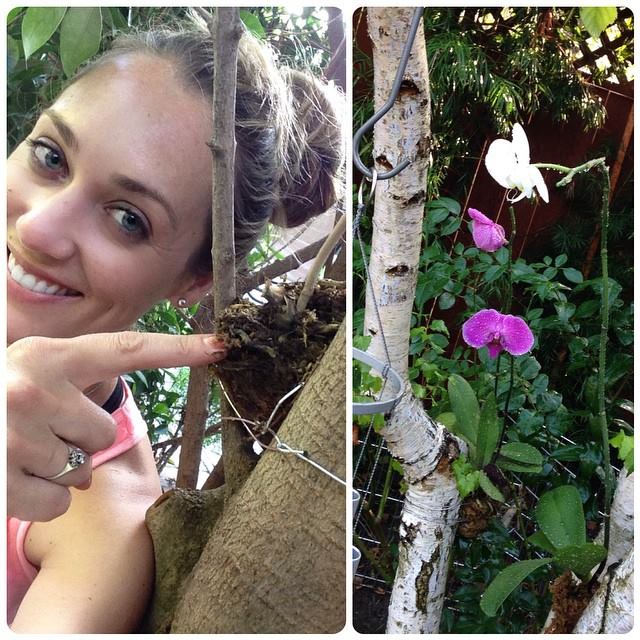
3. Plan focused time disconnected. If you’re like me, you’re not disciplined enough to turn off the phone and leave it alone while you focus on a task or work. I am easily distracted if I even just hear the phone vibrate in the other room. I just recently discovered that there are apps you can install on your phone that will put the phone to sleep for the amount of time you allot. You can’t wake it up once it’s set unless you completely shut it down and restart the phone. No dings, no bells, no rings, no vibration. Silence is indeed golden.
4. Limit your news. I am the first to say that I’m a news junkie. I find breaking news exhilarating and always have, since my childhood days in the newsroom with my mom. It’s in my blood. But here’s the thing – it’s 99 percent negative and gut-wrenchingly terrible. There’s a reason I left hard news years ago and decided to write about more fluffy topics like food and travel. It’s less depressing. Less heavy. I used to watch CNN every day. I read the newspaper every morning. I checked multiple news sources on the internet before I got out of bed, throughout my day, and before I went to bed. Not anymore. Once a day, an hour max. That’s all. It’s really okay to not know every detail about everything happening. I’d rather risk being a bit less informed about every terrorist threat and disaster around the world and feel a bit more at peace in my own world. That is not to say it’s not important to care and be informed; it’s just that I don’t need to digest and consume news as if I’m preparing for a dissertation on it.
5. Leave it at home. Put it away. I struggled with this at first. What if someone needs me right now? Most of the time, they don’t. It can wait a few minutes, an hour, a day. You know that feeling when you’re driving and you hear an email or text come through? Your heart rate goes up, you feel pressure to answer right away, especially if you know the person on the other end will see if and when the message was “Read.” I’ve even pulled over and parked the car just to reply to a text right away. No more! Done with that. Let that one go. Sooo not necessary.
The bottom line with all this is simple. Give yourself permission to NOT be reachable at all times so that you can just BE and breathe. You’ll be recharged and better prepared to focus on another person or task as a result.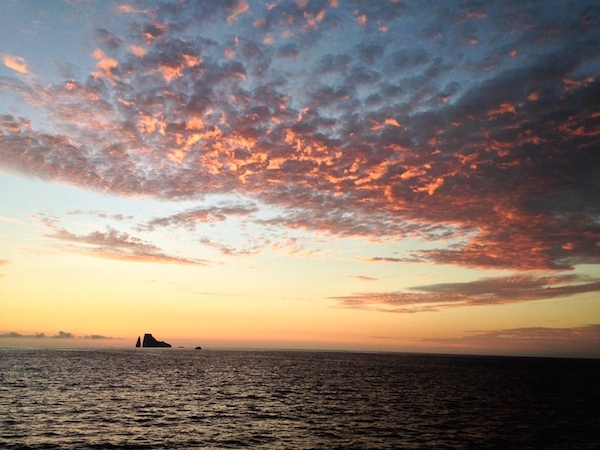
There’s that expression… There’s no WiFi out here, but we promise you’ll find a better connection. Exactly.
Stay tuned to find out what else we did to entertain ourselves without WiFi… It has something to do with serenading animals with pop song lyrics, drawing in the sand, and dancing!

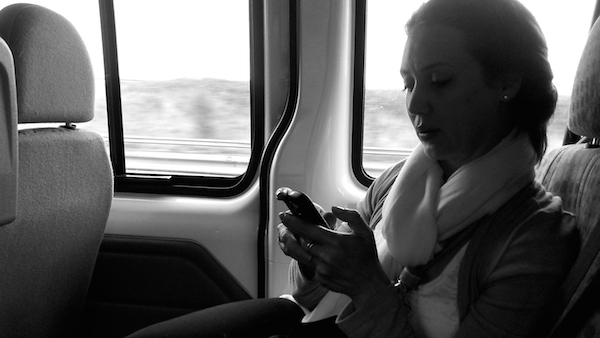
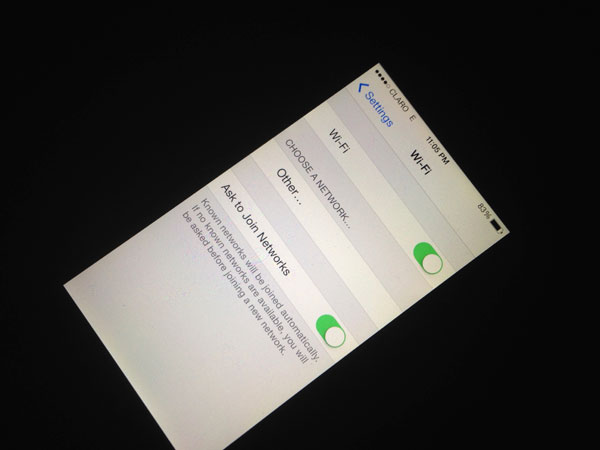



 Subscribe to our email to get the latest news, travel tips, tricks of the trade, and our most recent posts delivered straight to your inbox monthly.
Subscribe to our email to get the latest news, travel tips, tricks of the trade, and our most recent posts delivered straight to your inbox monthly. 